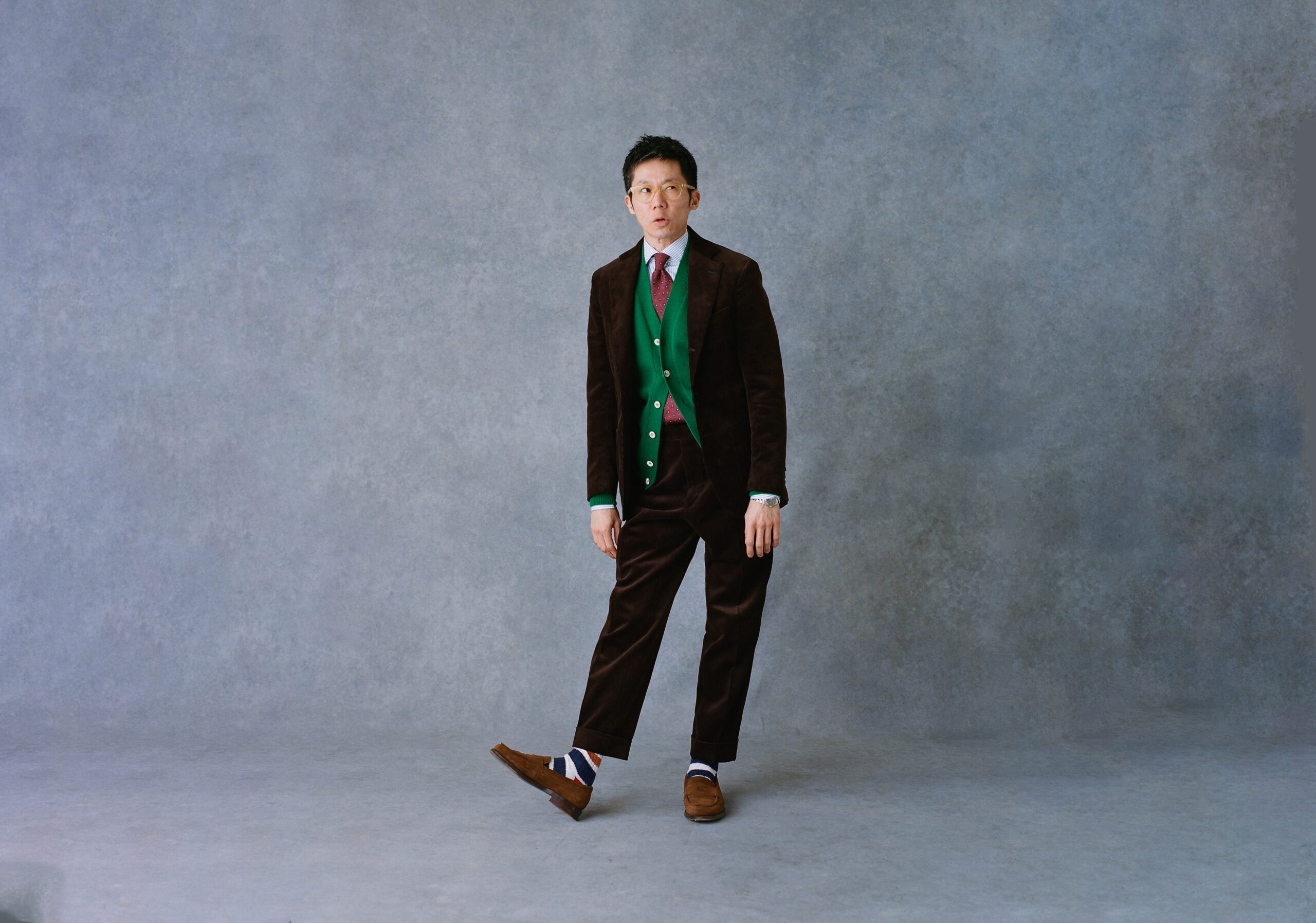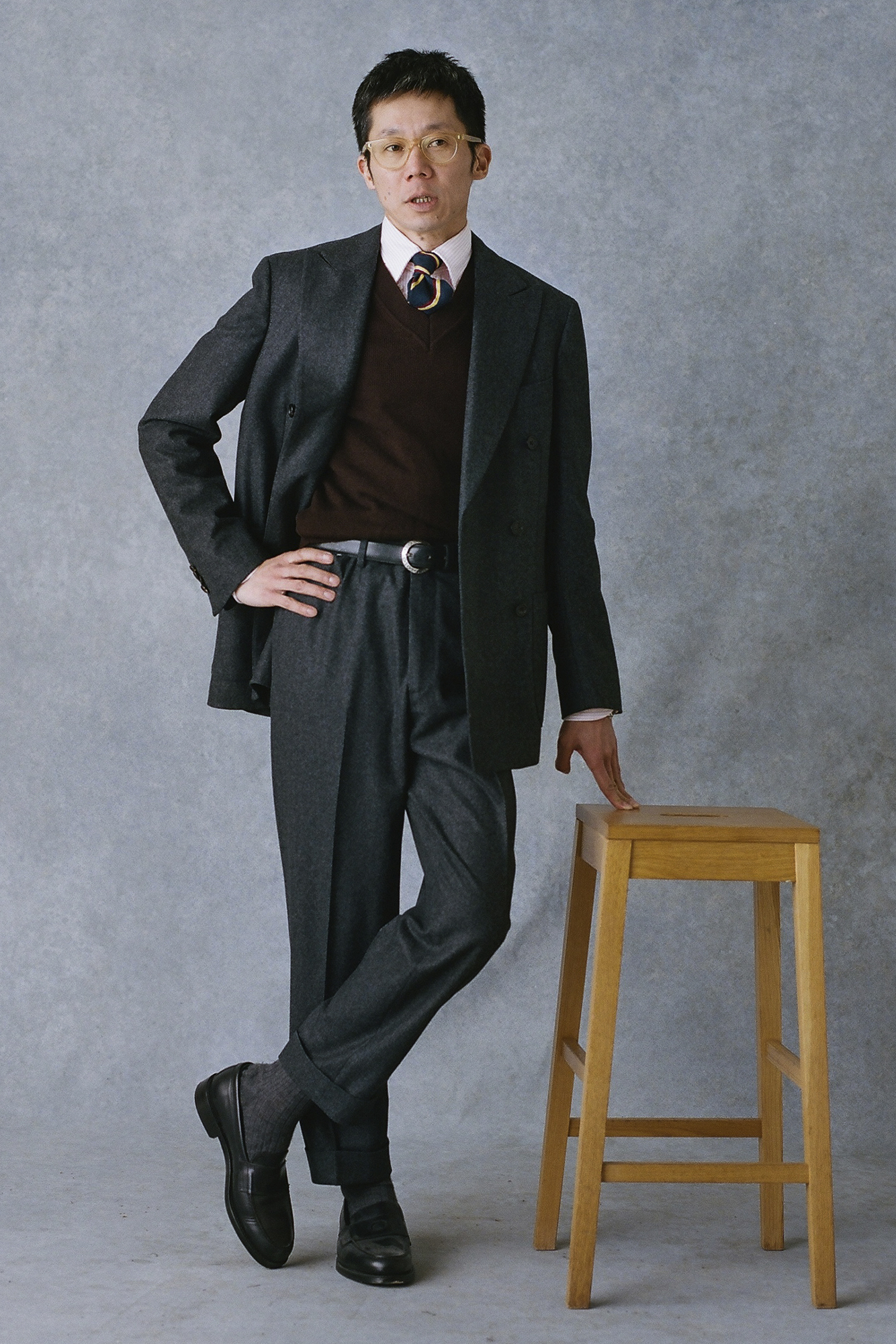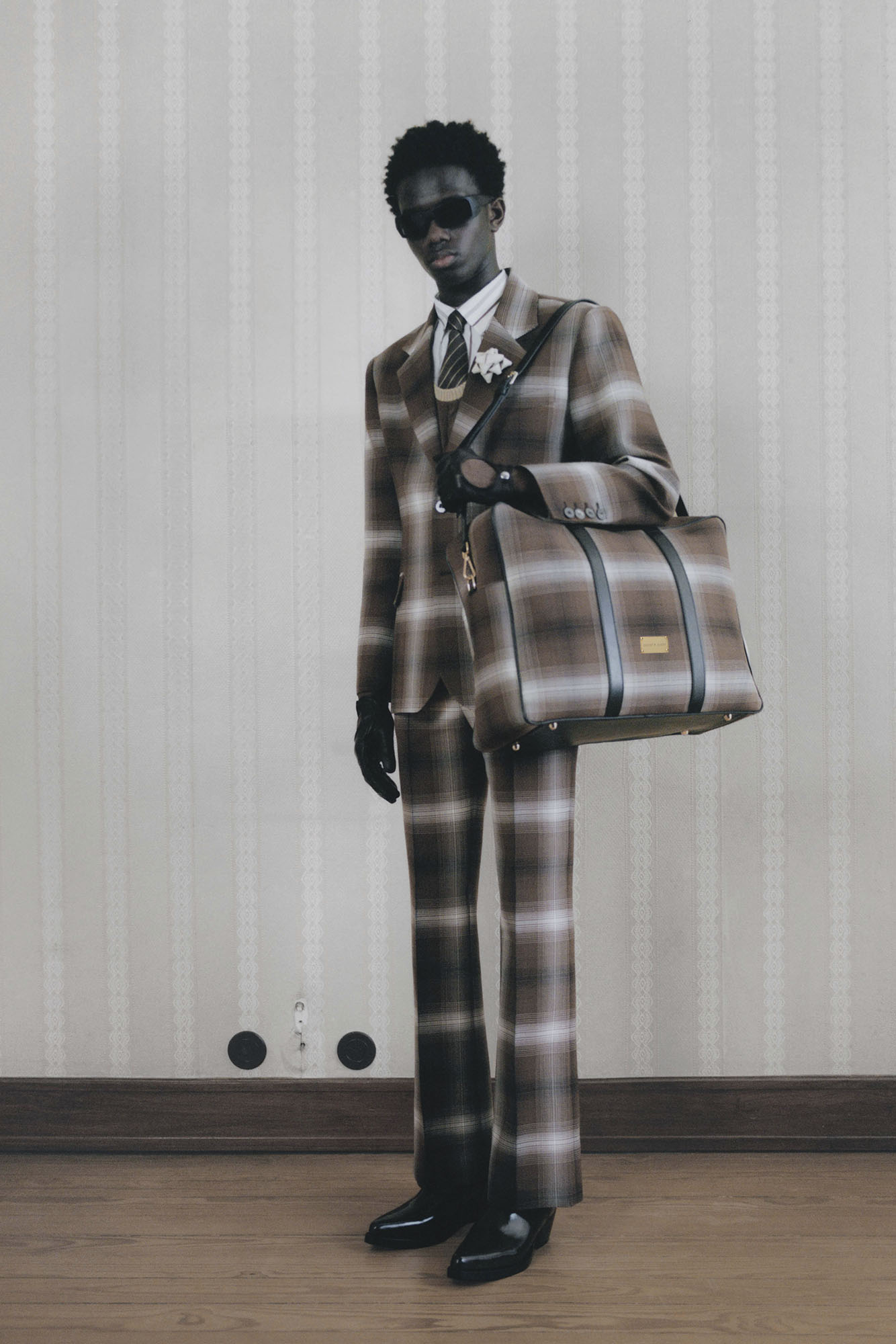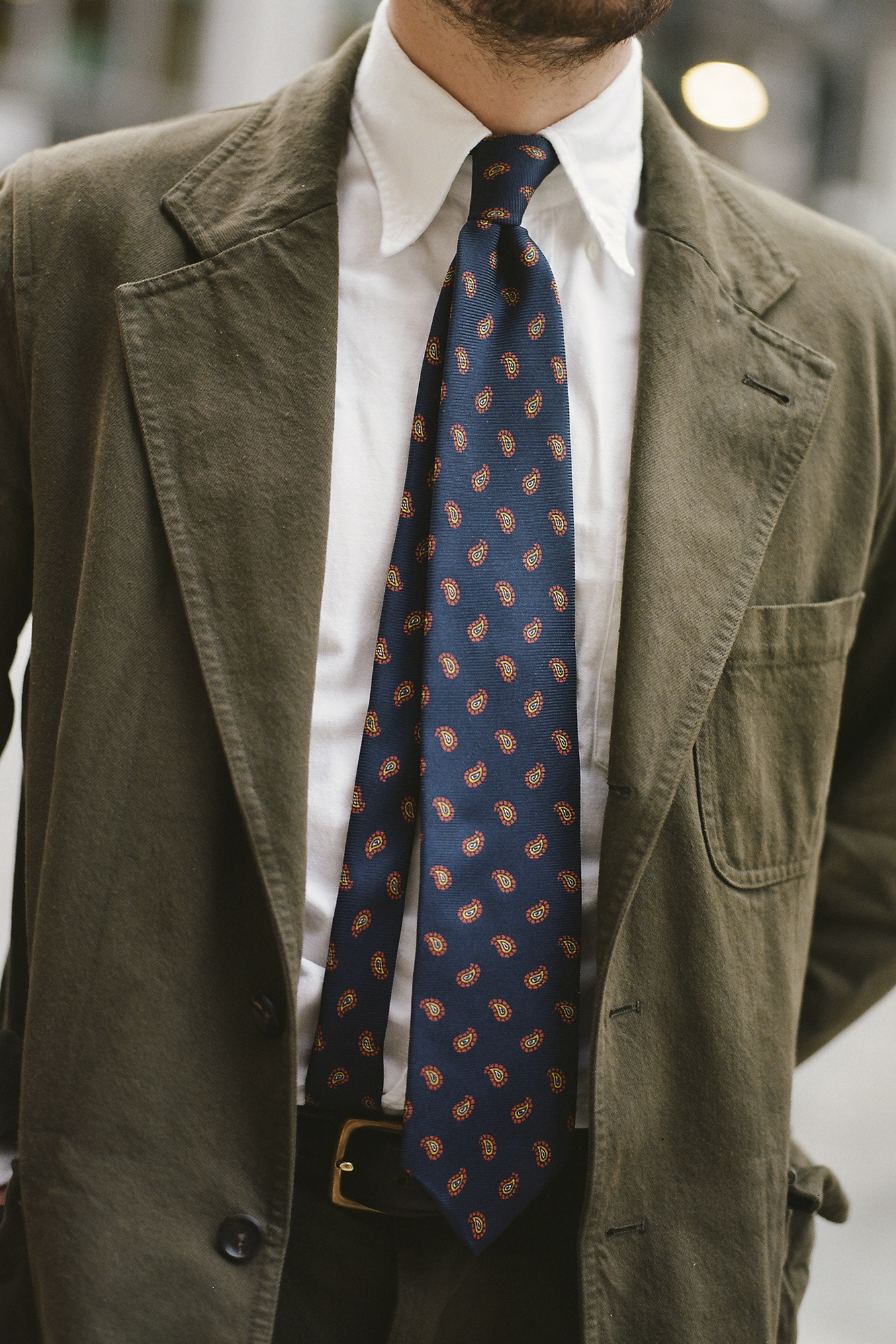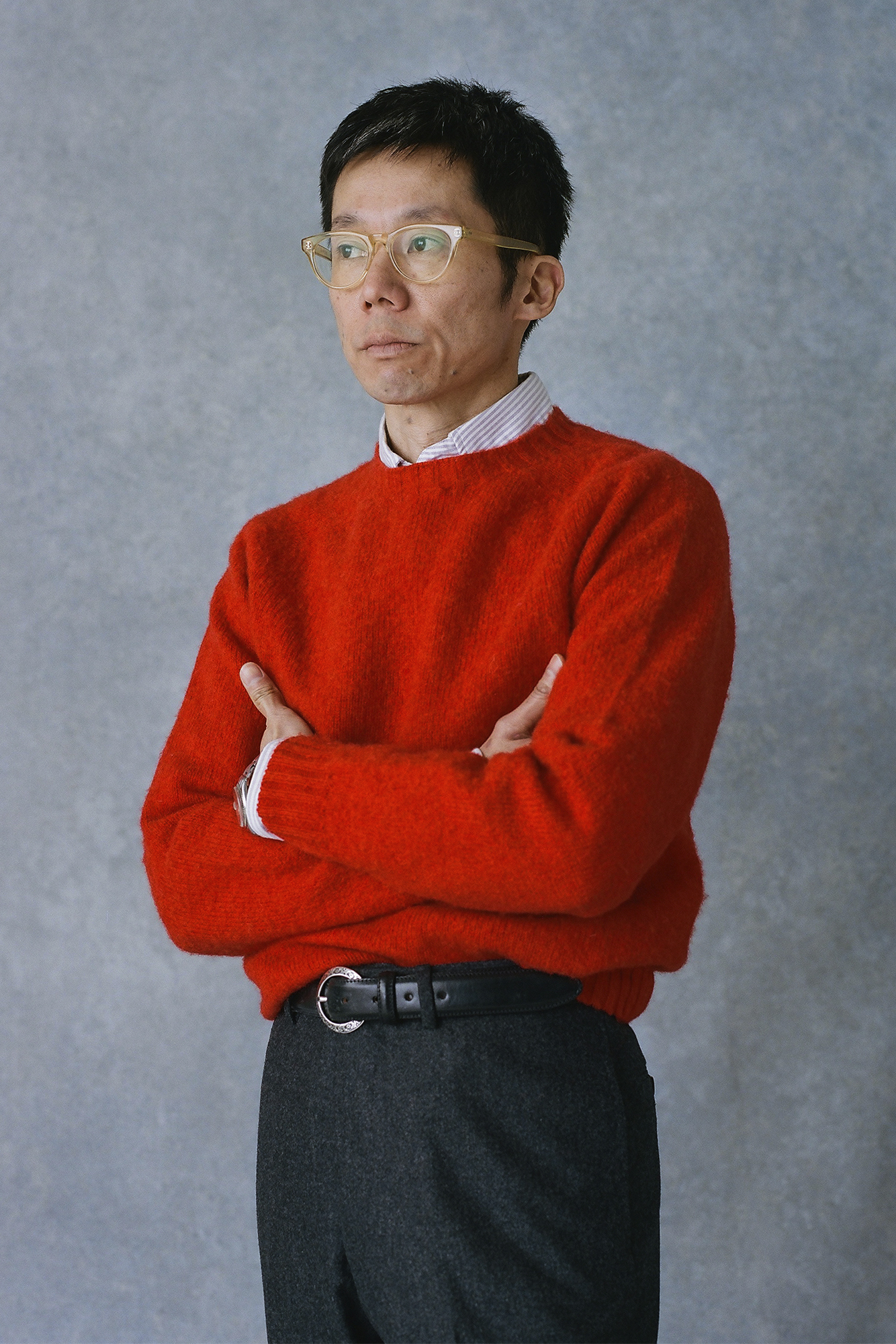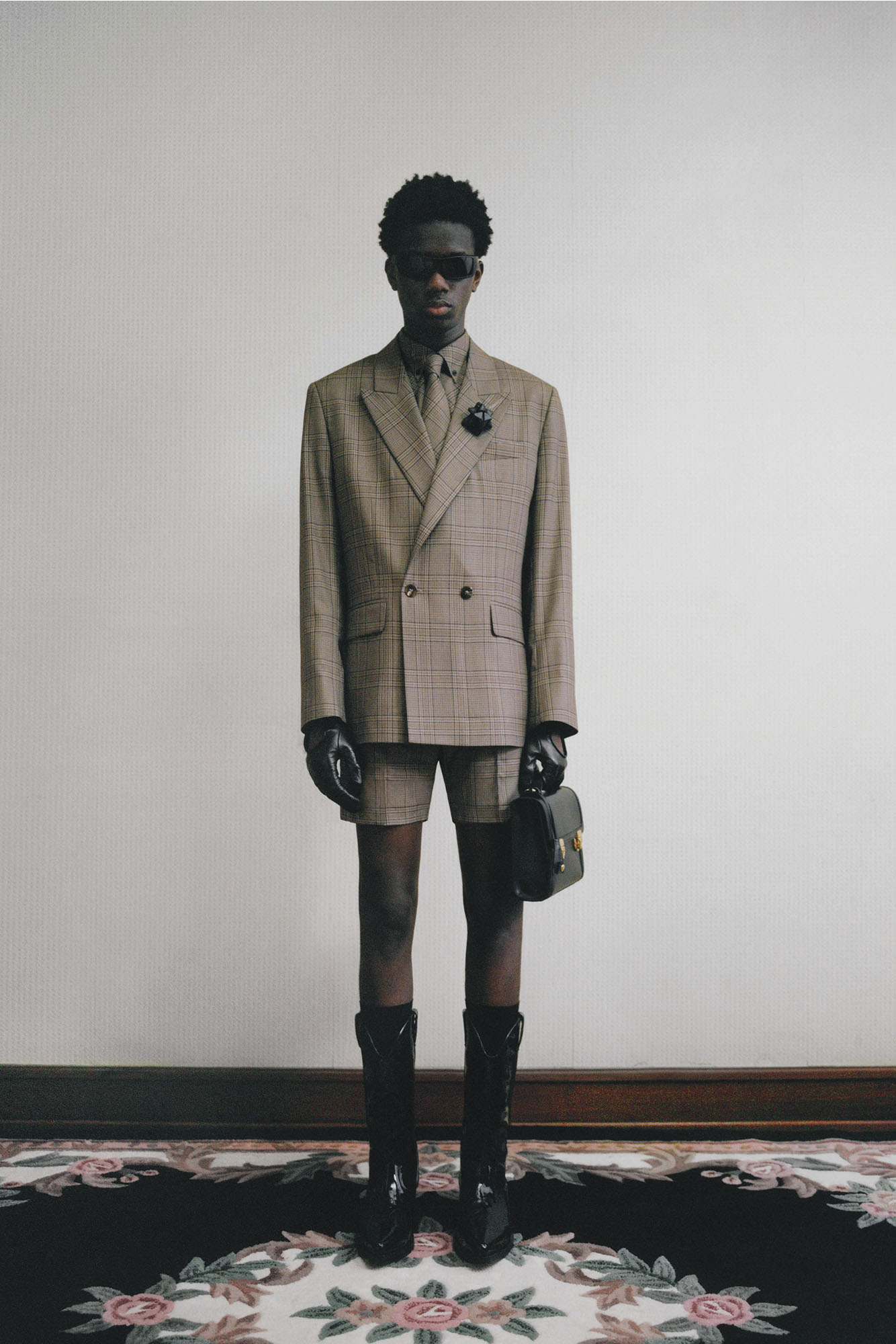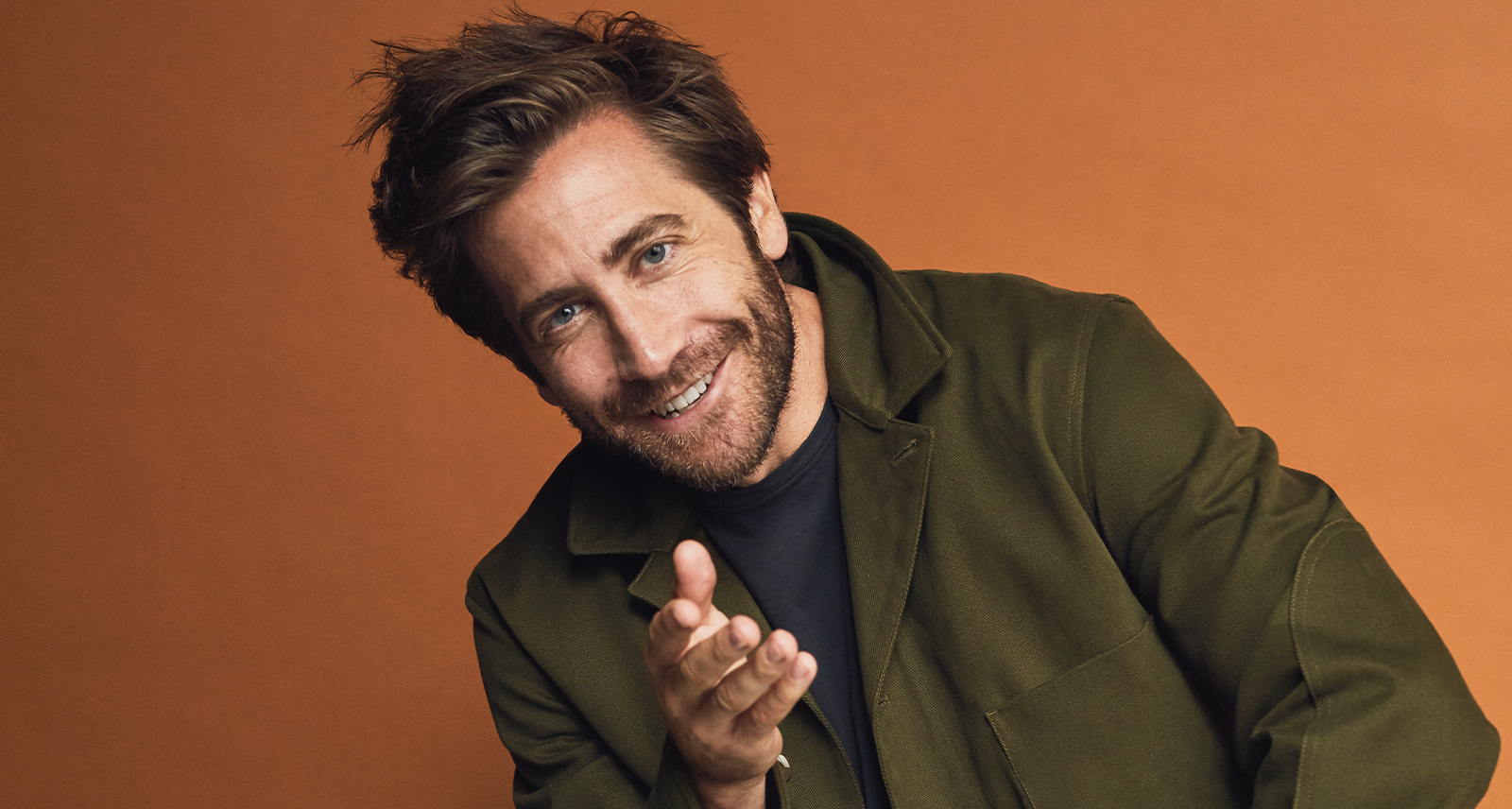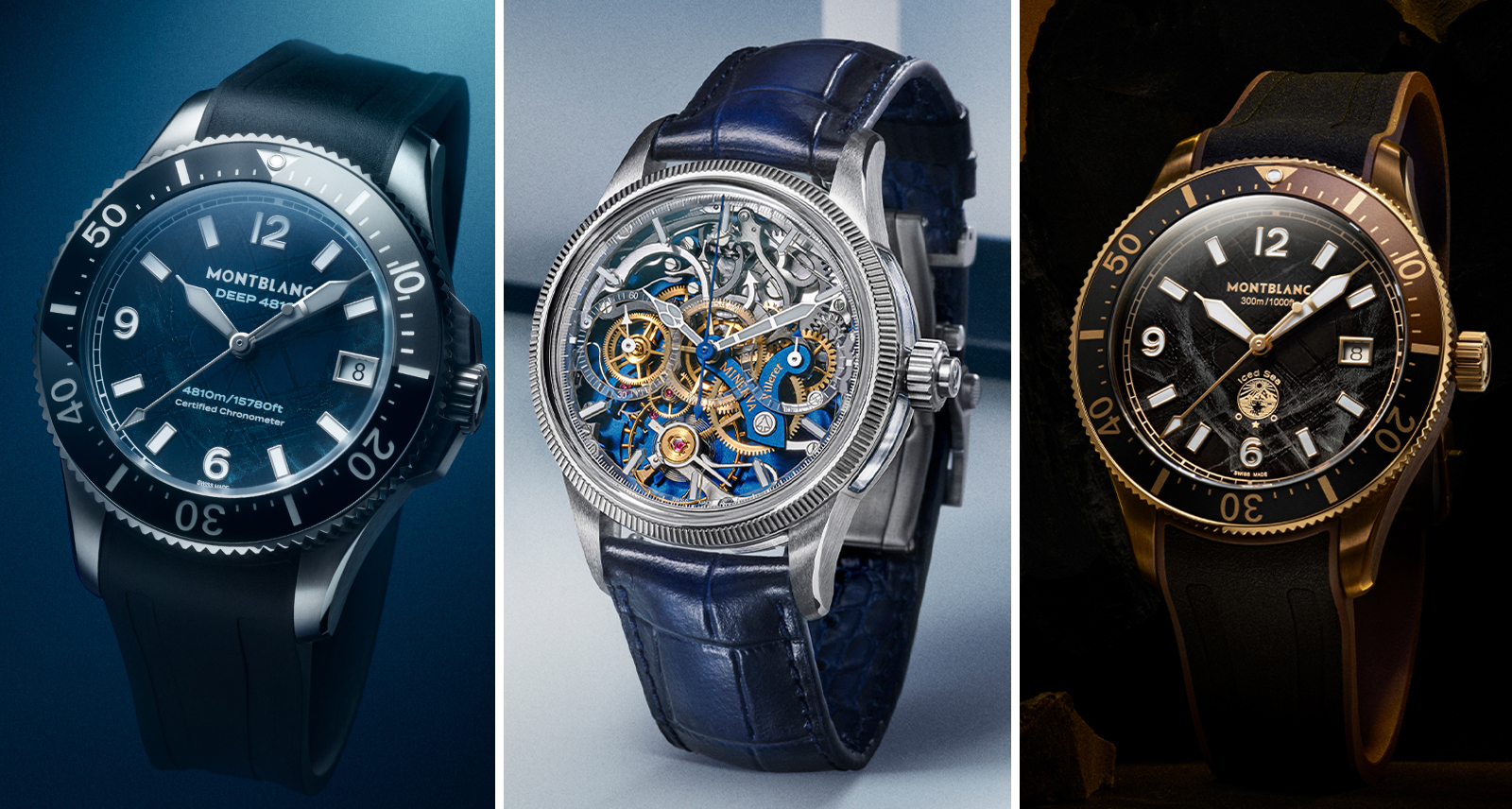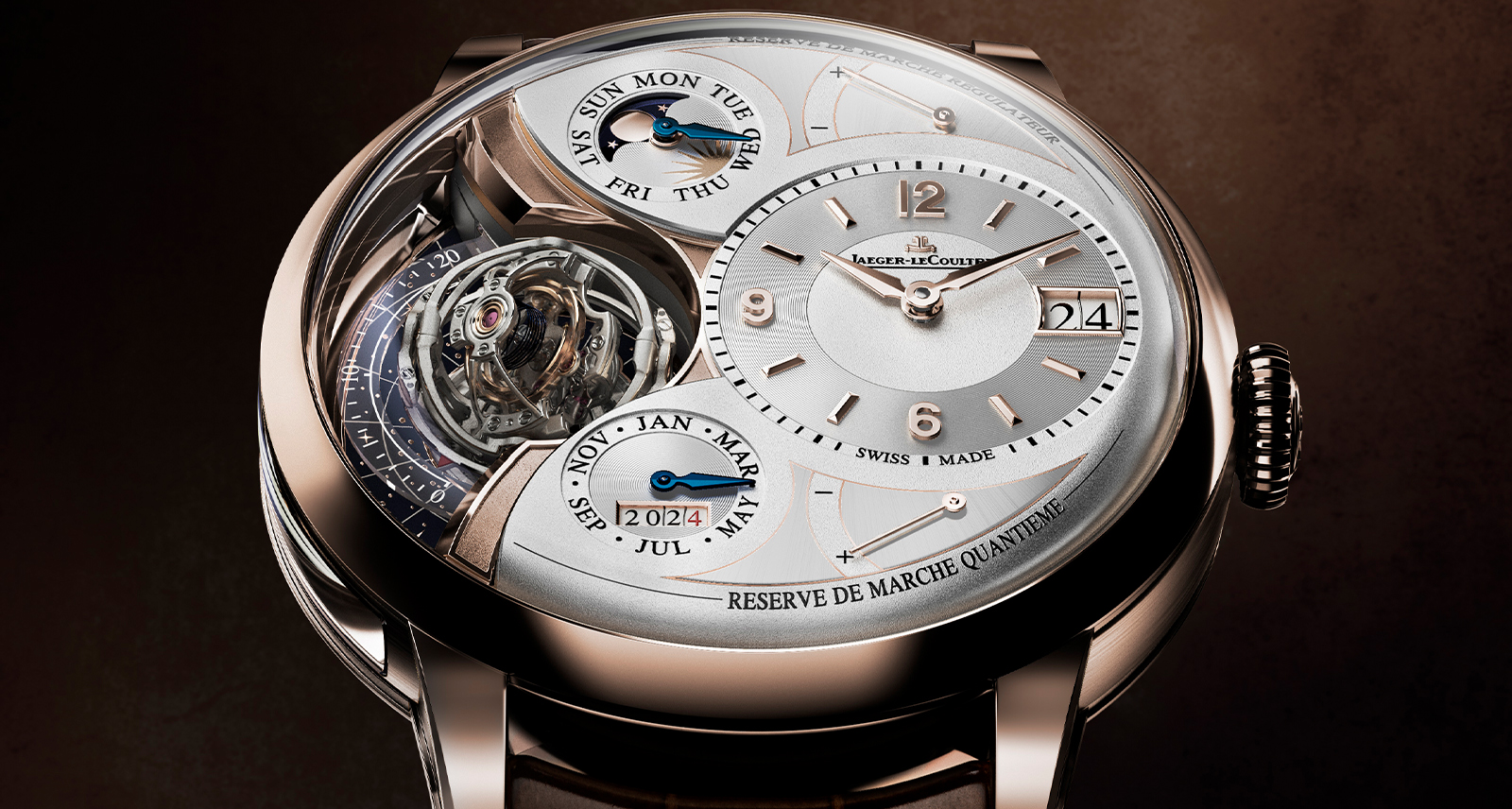Changing Suits: Tailoring Makes a Comeback
Since at least the mid-2010s, streetwear has been guiding trends and influencing everything from how businesses run (the limited edition and collaboration-heavy drop model) to how we dress when conducting business (decidedly more casual). But that might not be the case for much longer. In the places where streetwear recently ruled — the cool cafés and wine bars, the buzziest runways, the mysterious artists’ studios — there are a growing number of tailored and tailoring-adjacent pieces. You might spot a sleek suit or a double-breasted sport coat here, or a peak lapel there, with an Oxford-cloth shirt or a silk necktie thrown in for good measure.
“The ritual of getting dressed has a renewed sense of meaning,” says Jian DeLeon, men’s fashion director at Nordstrom. “There’s fewer men wearing suits because they have to, and more wearing suits because they want to.”
“I think what it speaks to,” he continues, “is that men are wanting to dress ‘nice’ again.” For his part, Lawrence Schlossman, co-host of the podcast Throwing Fits and one of the most influential voices in the online menswear movement of the last decade, thinks it’s part and parcel of an evolving consumer base. “I think a certain consumer is ready to have his look to grow up with him,” he posits. He sees it as another stop in the natural evolution of style: “There are a bunch of different guys who’ve matured since they started caring about personal style. It’s the nature of how time works,” Schlossman says.
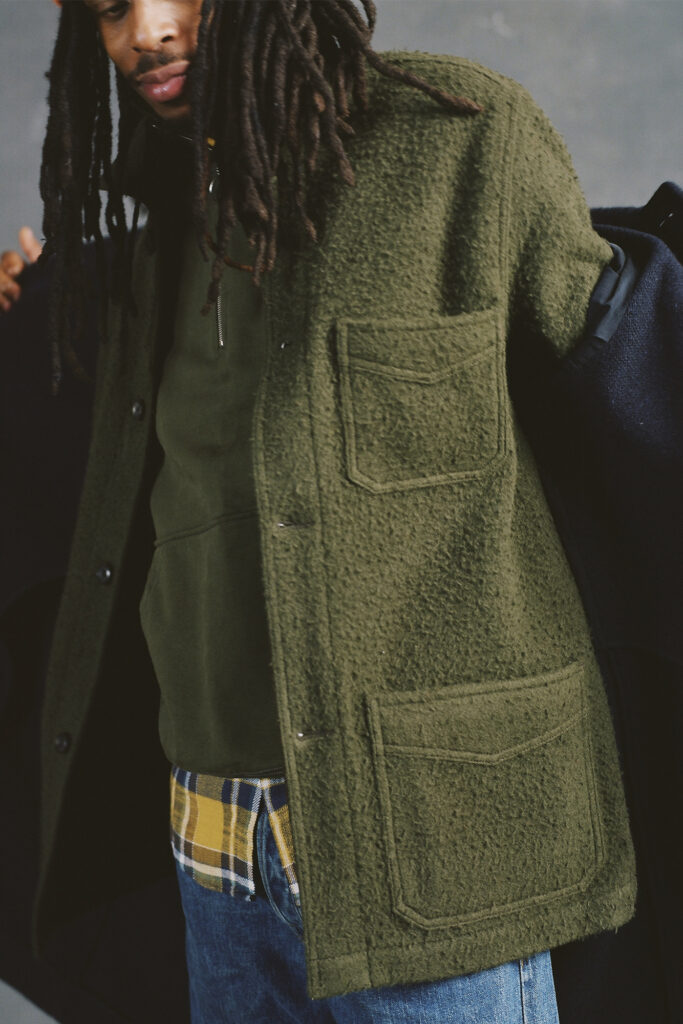
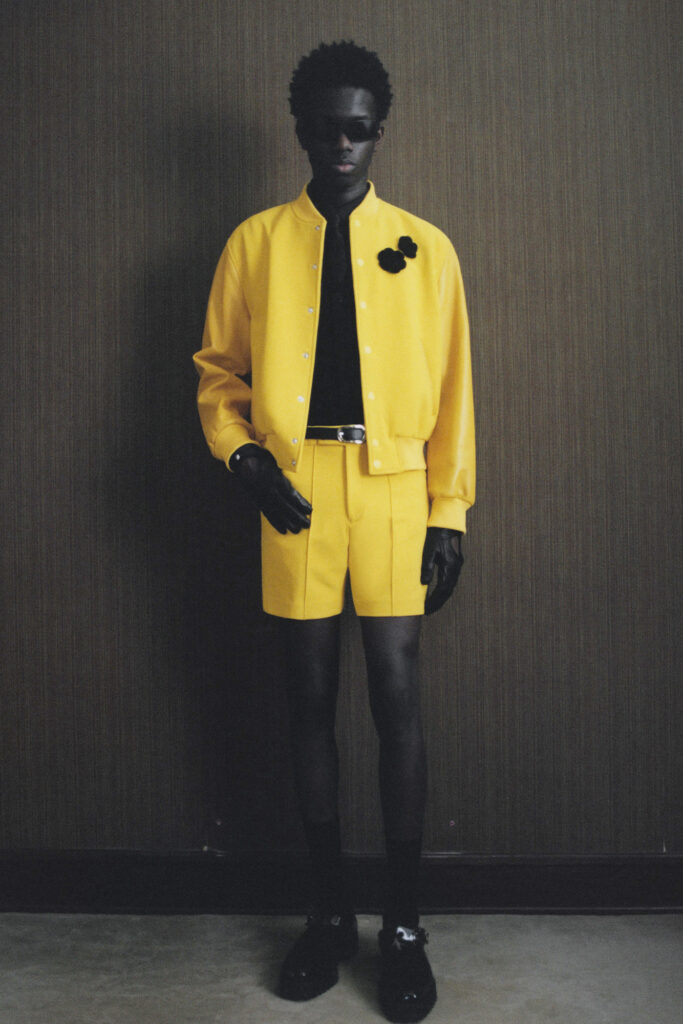
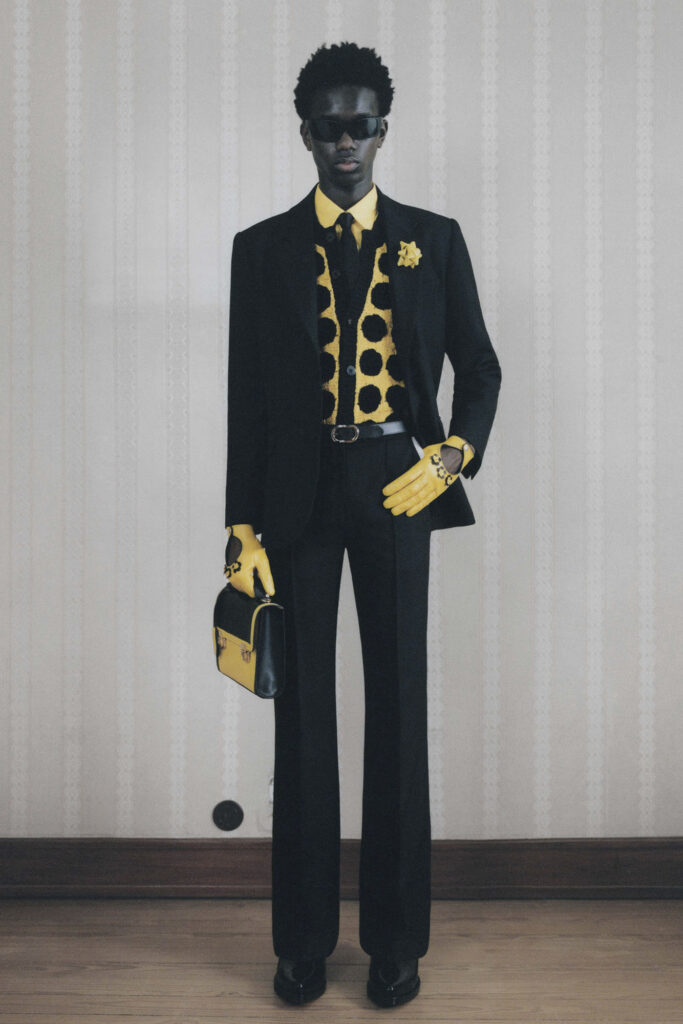
This new era of tailoring is far from the stuffy suiting of yore. It’s intriguing, fun, playful, and — perhaps most importantly — it doesn’t take itself too seriously. The tailoring and the way it’s worn might be less serious than before, but “it still connotes a seriousness and maturity for the person wearing it,” Schlossman says — even “among members of the creative class.”
“It’s about taking the fussiness out of it and not being afraid to inject a little bit of personality in how you wear it”
Jian DeLeon
While we think of tailoring as the wardrobe of choice for bankers, lawyers, and other supposedly serious people, the new class of tailored menswear purveyors are instead keen to lean into new aesthetics. Now, the suit can be anything from artsy and hip to Hollywood chic and glam, without jeopardizing its timeless, traditional appeal.
That offers people a new range of possibilities when opting to wear a suit. “It’s about taking the fussiness out of it and not being afraid to inject a little bit of personality in how you wear it,” DeLeon explains.
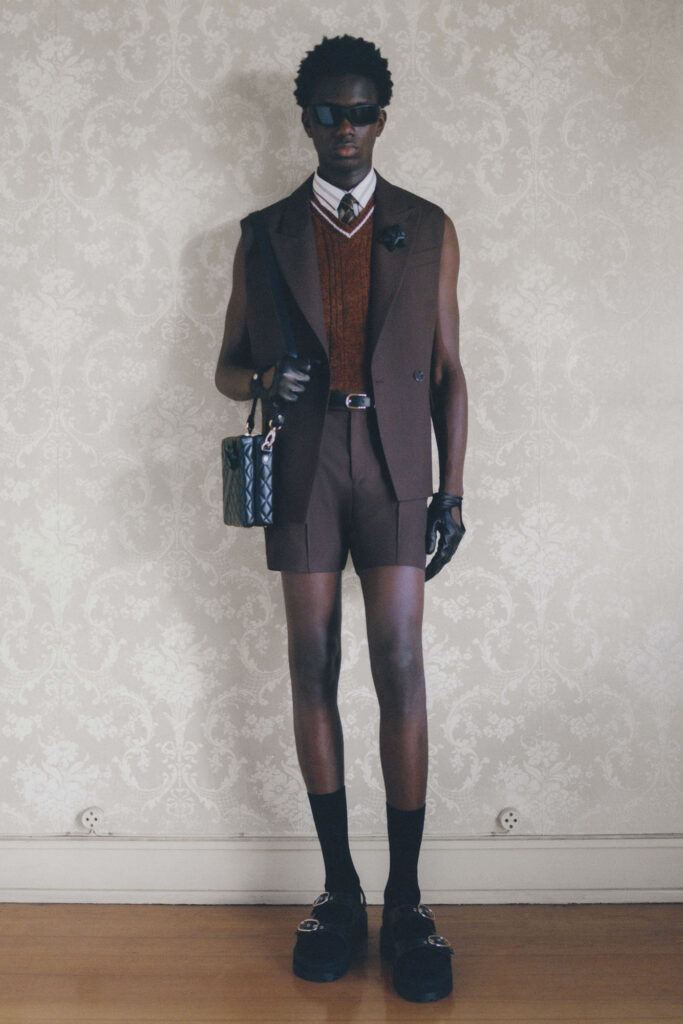
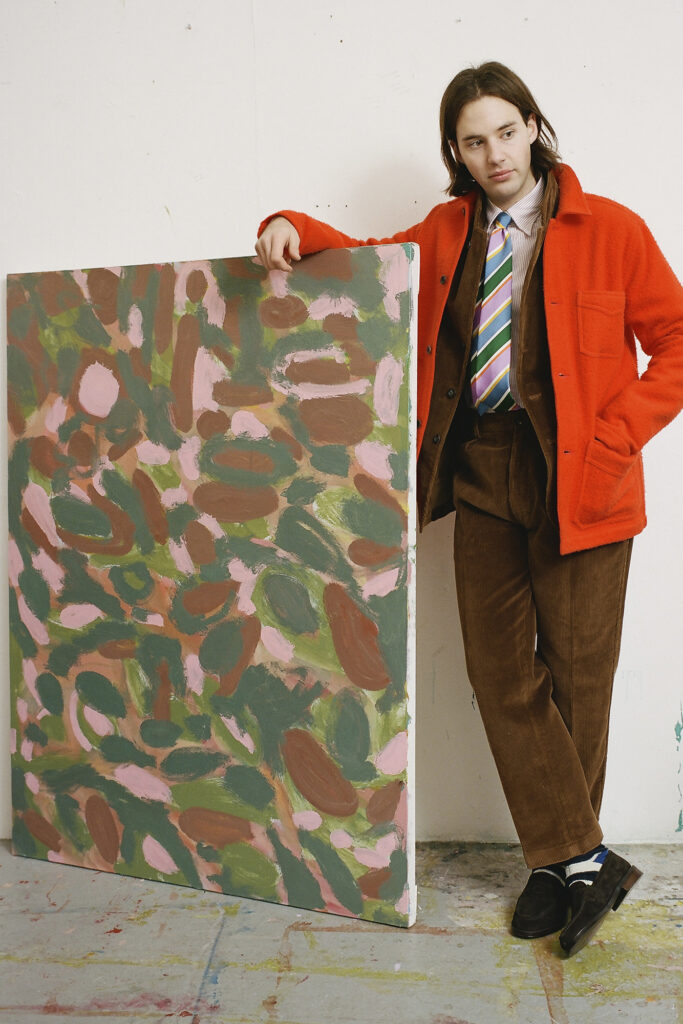
Take Drake’s, for example. The London-based brand has been championing relaxed elegance since it was founded in 1977 by Michael Drake. Today, under the creative direction of Michael Hill, Drake’s can be found on Savile Row, hallowed tailoring ground, but also on New York’s Canal Street, once infamous for the counterfeit goods sold on its sidewalks. At first glance, the juxtaposition might seem odd, but it typifies Drake’s ability to make beautiful tailoring without taking itself too seriously. Drake’s prides itself, as its official website puts it, on dressing “artists, actors, chefs, writers, photographers, and everyone in between.”
“I think our clothes strike that balance, which then hopefully appeals to a varied clientele,” Hill says about the challenge of evolving while still acknowledging the brand’s history and heritage. “Also, our clothes can, and should be, worn in numerous environments and scenarios: in an art studio, a restaurant, at the weekend, a wedding, and in the office.”
“Our clothes can, and should be, worn in numerous environments and scenarios: in an art studio, a restaurant, at the weekend, a wedding, and in the office.”
Michael Hill
A cursory glance at their Spring/Summer 2023 collection is a masterclass in balance, range, and versatility. “While we’re British,” Hill says, “we look to other countries like Italy, France, Japan, as well as the east coast of America, for inspiration.” That can be felt in the collection: suits with pleated trousers rendered in a range of fabrics, from classic checks to collegiate corduroy; sport coats and double-breasted jackets; vibrant Shetland sweaters and shirting; timeless grey wool and light blue Oxfords. Playful graphic touches are applied with refined, restrained taste, and age-old pieces — like the chore coat — are reworked in a way only Drake’s seems capable of: in hi-vis orange Casentino wool.
The more informal approach to tailoring lends it a cool, unfussy elegance that appeals to the creative class. Just how cool has Drake’s made Savile Row? For the last few years, they’ve been collaborating with one of the most hyped brands in the world, New York’s Aimé Leon Dore.
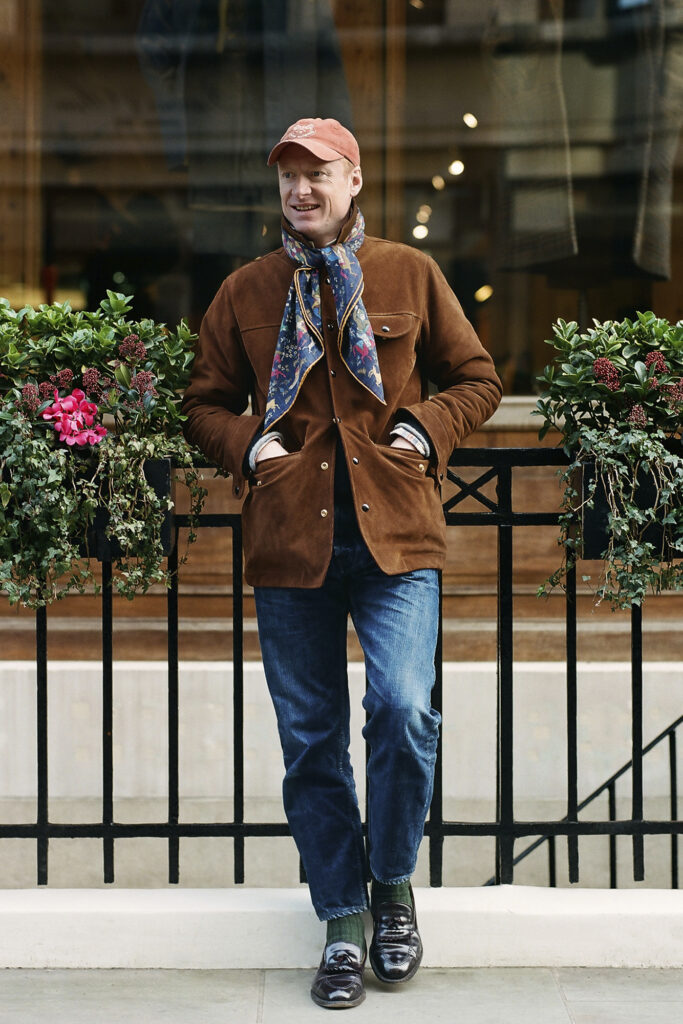
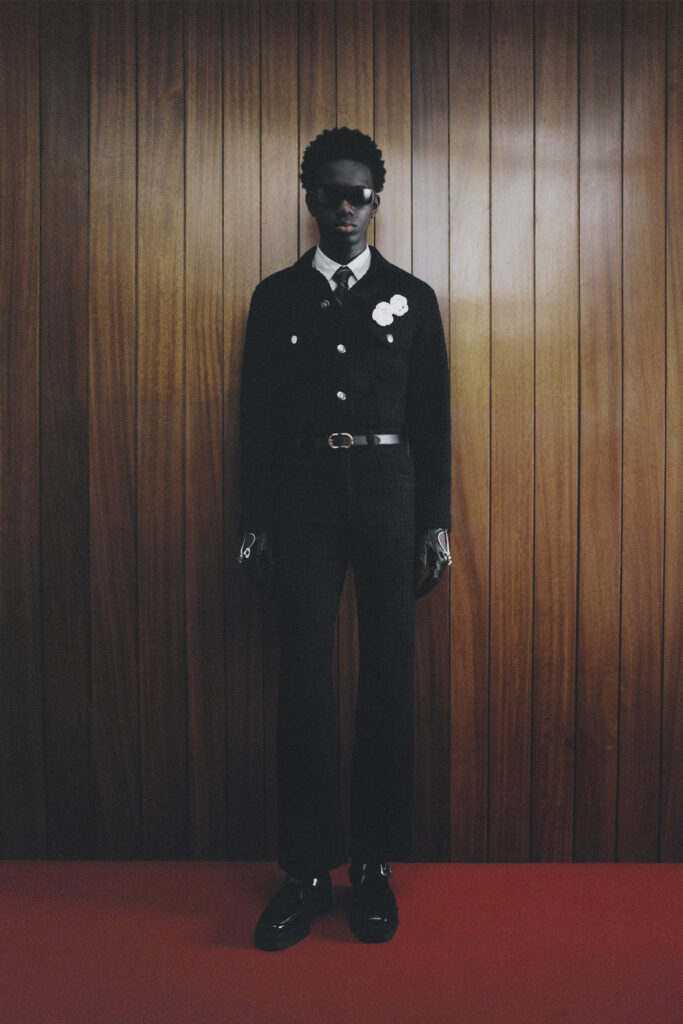
Of course, Drake’s is not alone in bringing a youthful edge to the tailoring world. Ernest W. Baker is another such brand. But before being a brand, Ernest W. Baker was an ad man in Detroit — think Mad Men, but more automobile-focused. His grandson Reid and co-designer Inês Amorim founded the brand in 2016, using Ernest as muse and his wardrobe as an inspiration, and reimagining the mid-century Americana aesthetic. While that might sound like what Thom Browne has been doing, Baker and Amorim have infused Ernest W. Baker’s tailoring with a youthful, glamorous edge that feels like it draws as much on the wardrobes of bygone Hollywood stars as Detroit ad men.
Ernest W. Baker’s current Spring/Summer 2023 collection offers a snapshot of the brand’s ability to make suiting fun and young, transforming a piece ostensibly meant to blend in as part of a uniform — after all, isn’t that what the flannel suits of the ’50s were supposed to be? — into a series of statement pieces. There are double-breasted short suits and razor-sharp pleats on pants that flare ever so slightly below the knee, as well as playful patterns and striking pops of colour that transform the brand’s suiting into the kind of tailoring worn by an artist or musician who’s cultivated an aura of mystery.
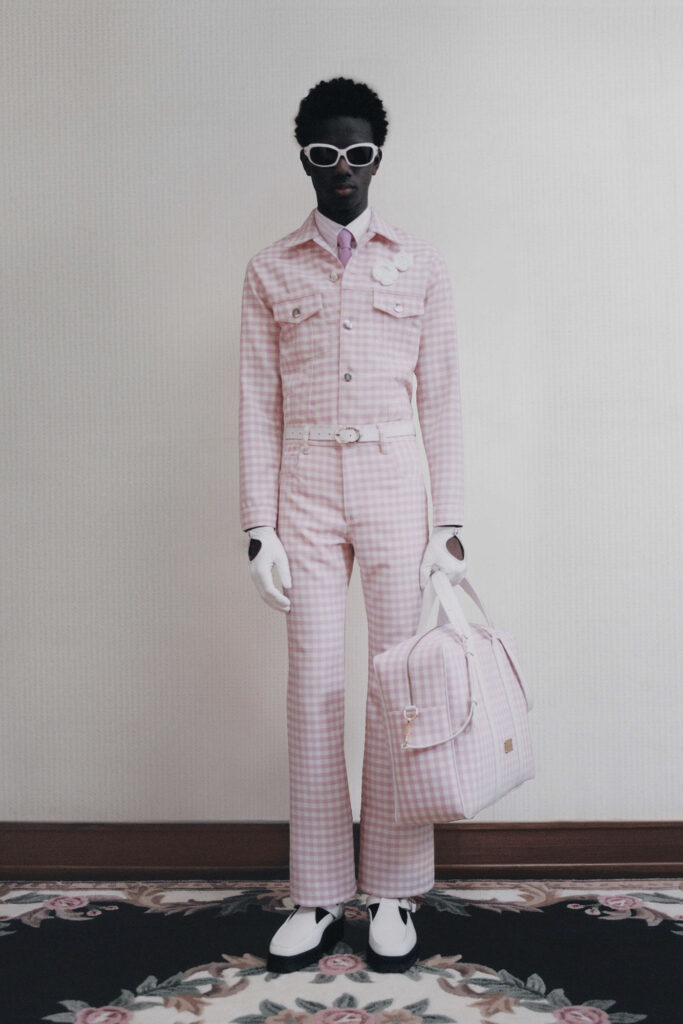
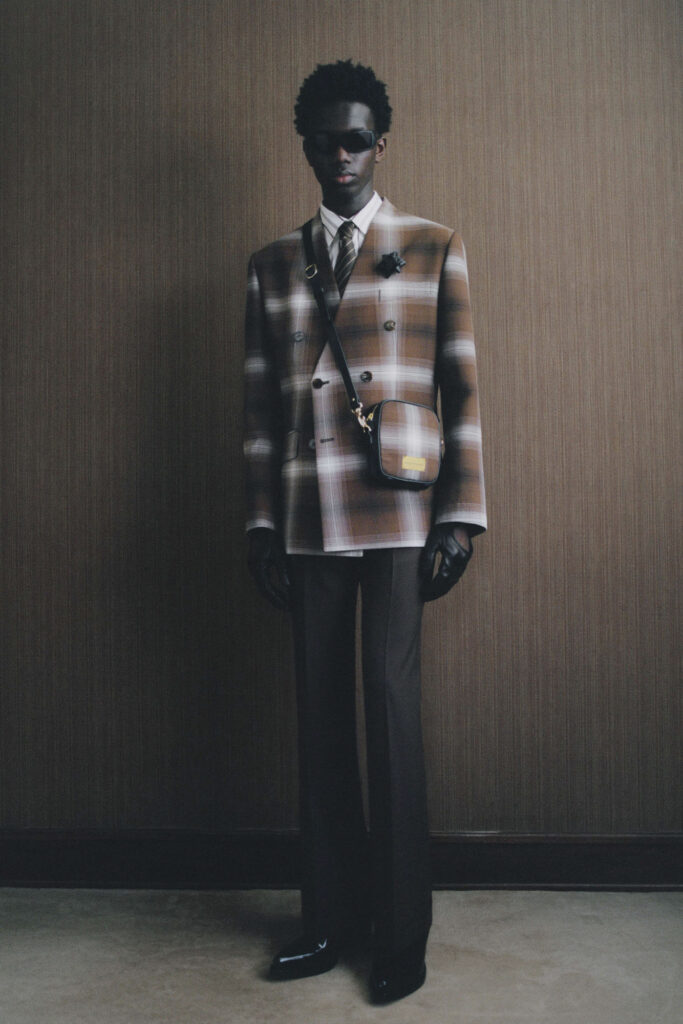
The idea of the modern suit has long been championed by Dior Men’s artistic director Kim Jones, whose irreverent double-breasted jackets — different from what Drake’s or Ernest W. Baker offer — have been a mainstay on award show red carpets, often paired with more relaxed trousers. For Dior Men’s Spring/Summer 2023 collection, Jones presented double-hems on both trousers and jackets; contrast detailing on pockets, stitching, and shoulders; and workwear-inspired rivets and belts.
“The kind of suiting being worn is different,” says Schlossman, citing the specific “microcosm with certain brands, where it’s sleazy in a good way. It’s more louche seventies-inspired stuff, maybe a little more flare in the trouser and a baggier, bigger fit.” Schlossman names New York-based brand Second/Layer and British imprint Basic Rights, members of that microcosm, among his current favourites, while also name-checking those who offer a more traditional, albeit modern take on tailoring: P Johnson, J. Mueser, and even Supreme, whose most recent take on the suit was a pinstripe number that many would associate with Wall Street bankers and not skaters.
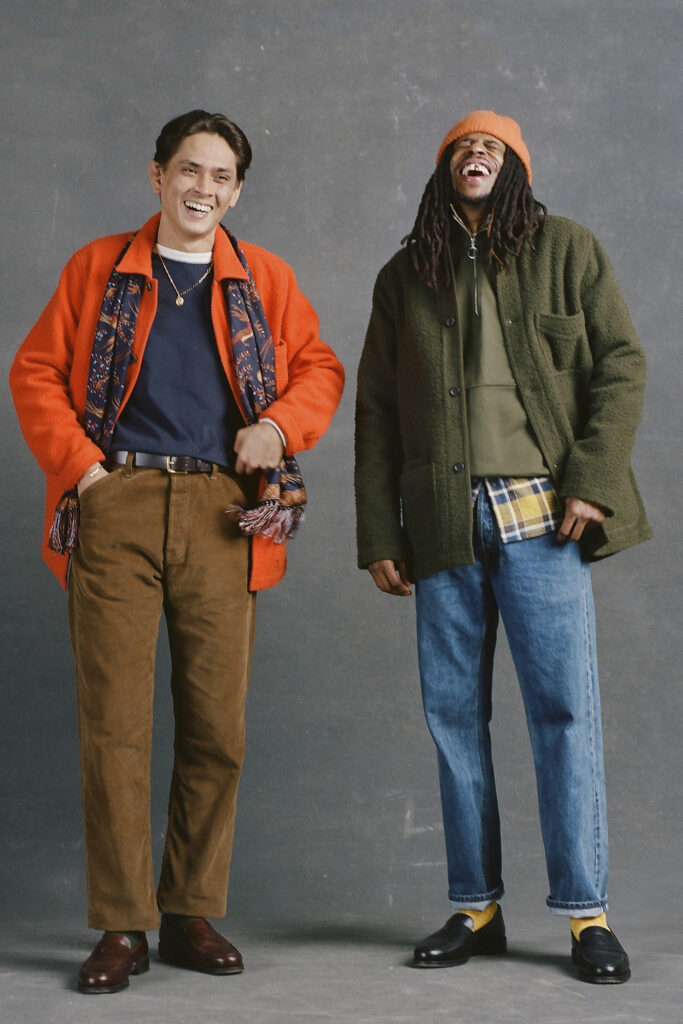
Today, though, there are suits for everyone. The inherent beauty of the suit is that it can be “a base that allows you to experiment with your style,” says Hill, the Drake’s creative director. “A great suit should feel like the easiest thing in the world to wear. Something to reach for and enjoy.”
While that might not have always felt like the case, it certainly rings true today.
